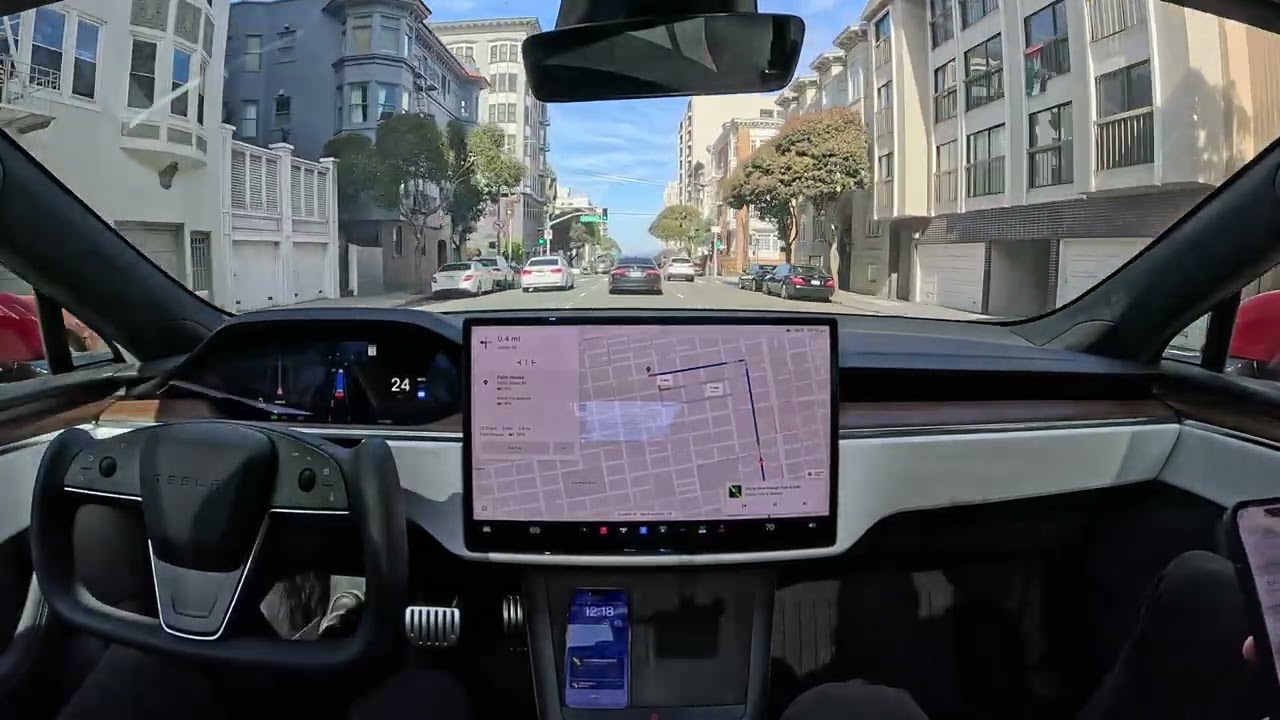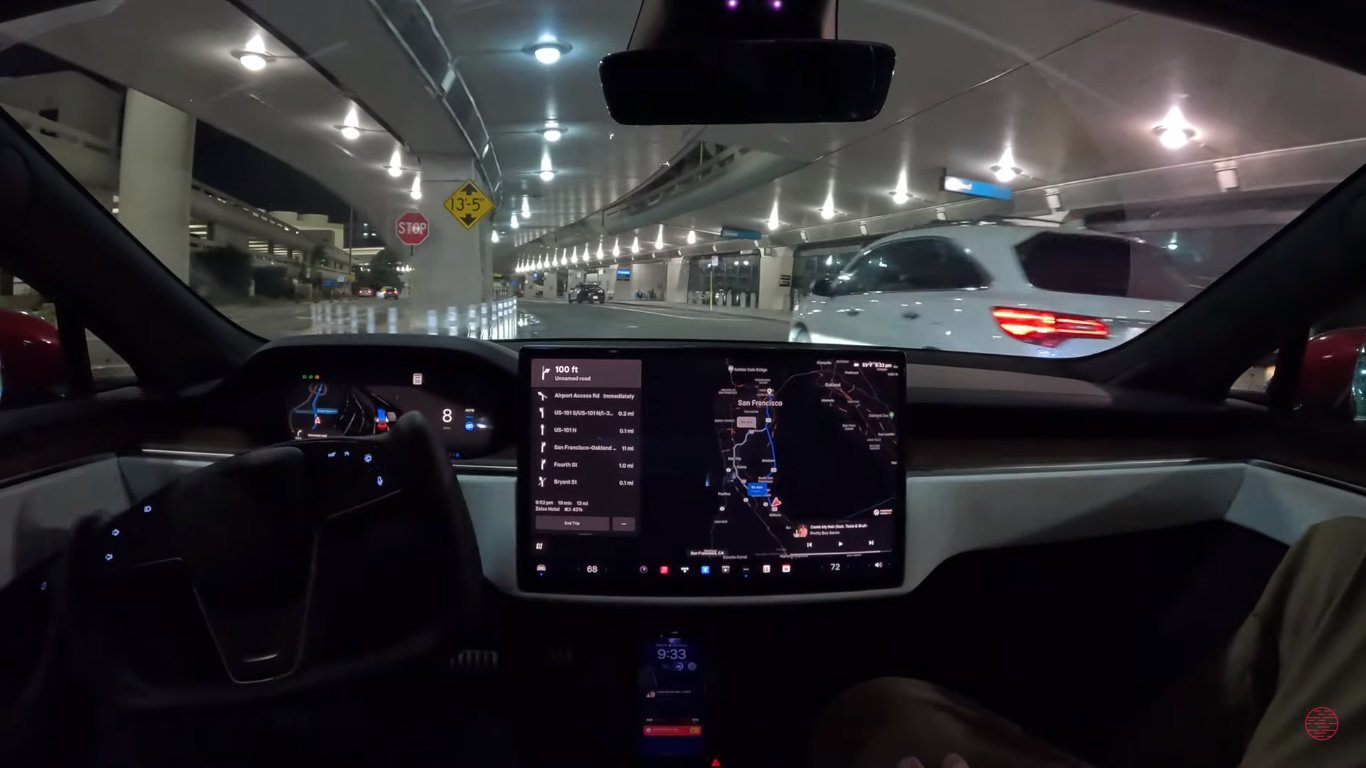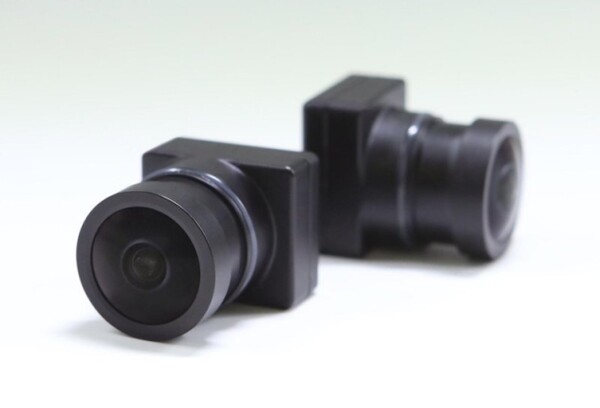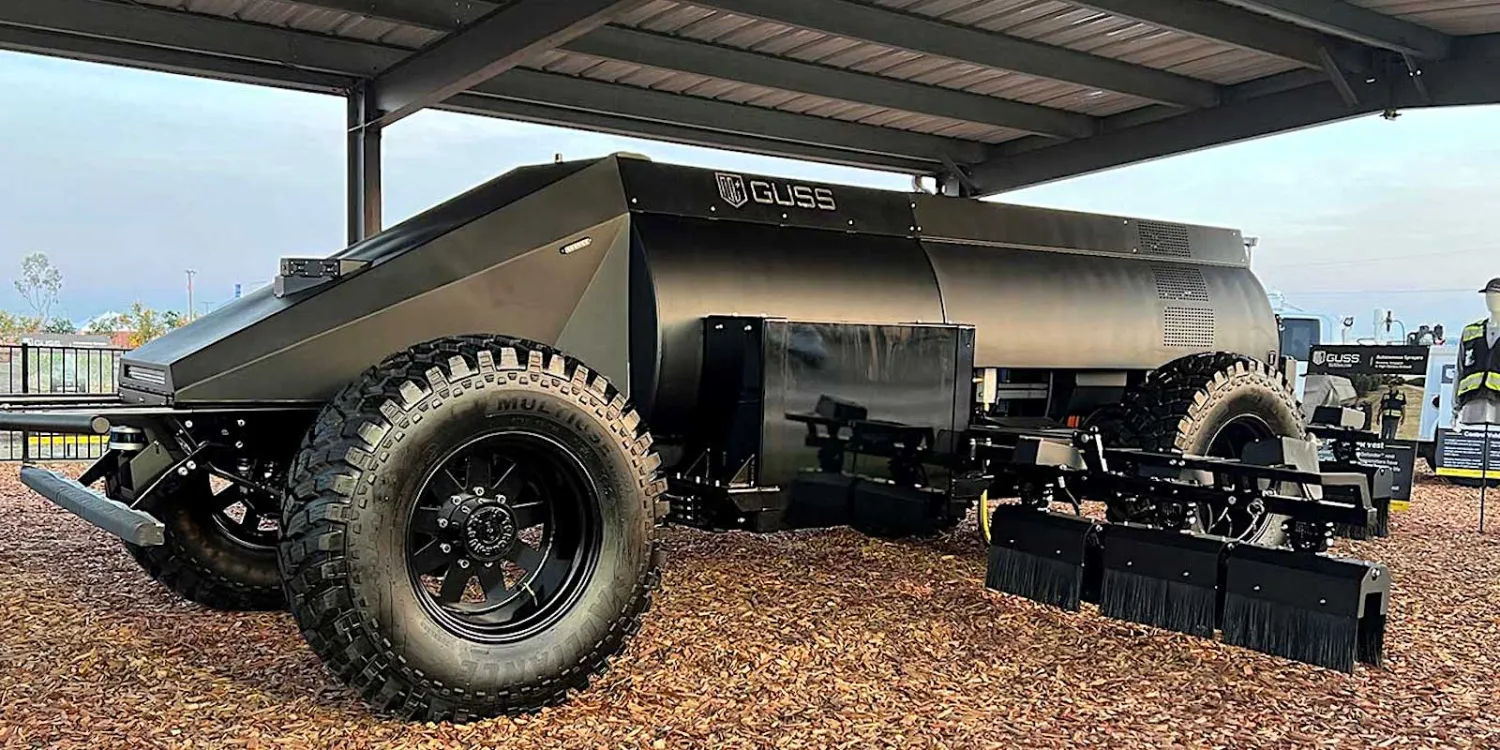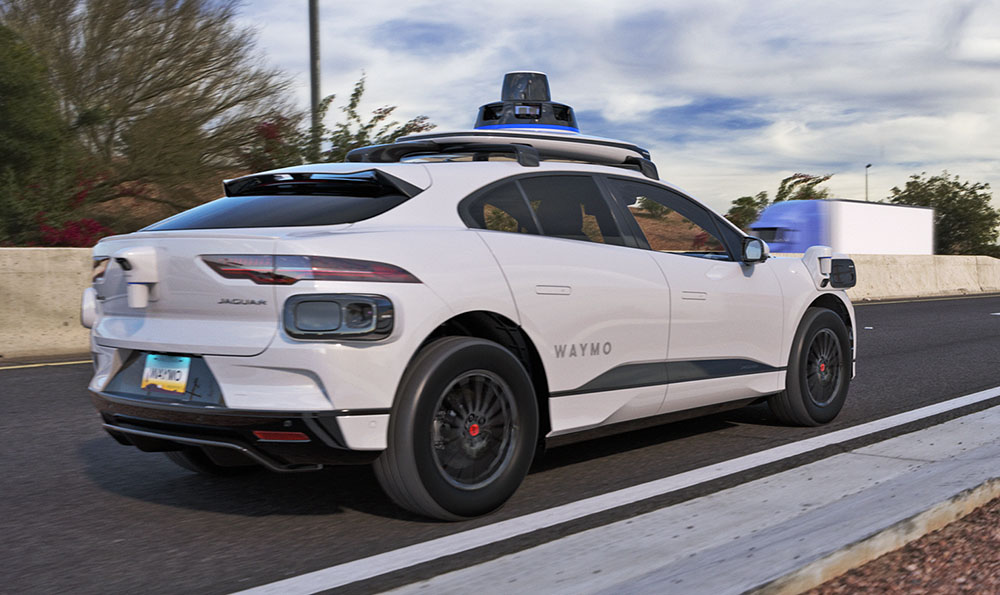General Motors (GM) is set to significantly expand access to its Super Cruise hands-free advanced driver-assistance system (ADAS) by 2025, covering approximately 750,000 miles of roads in the United States and Canada. This expansion, nearly doubling the current Super Cruise network, will include rural and minor highways connecting smaller cities and townships.
Super Cruise integrates lidar map data, high-precision GPS, cameras, radar sensors, and a driver-attention system to ensure safety. The system can accelerate, brake, steer, and change lanes to pass slower traffic while maintaining a selected following distance from the vehicle ahead. It can also be used while towing a trailer, although the automatic lane change feature is not available in this mode.
However, the expanded Super Cruise network will not be accessible to owners of the Cadillac CT6, Chevrolet Bolt EUV, and Cadillac XT6, according to GM.
Unlike Tesla’s Autopilot system, Super Cruise does not require drivers to have their hands on the wheel but mandates that their eyes remain directed straight ahead. Ford offers a similar hands-free system called Blue Cruise, launched in 2021.
Super Cruise, launched in 2017, was the first true hands-free ADAS on the market. GM has gradually expanded its highway network from 200,000 to 400,000 miles and added the system to more brands and models. Currently, 15 vehicles globally offer Super Cruise, including the Chevy Bolt EUV, Chevy Suburban, Chevy Tahoe, Chevy Silverado, GM Hummer EV SUV, and all Cadillac models. The feature will also be available in new models such as the 2024 Chevrolet Traverse or 2024 GMC Acadia.
GM’s move to expand Super Cruise comes as automakers are increasingly focusing on advanced driver-assistance systems to attract customers and generate additional revenue beyond vehicle sales.



